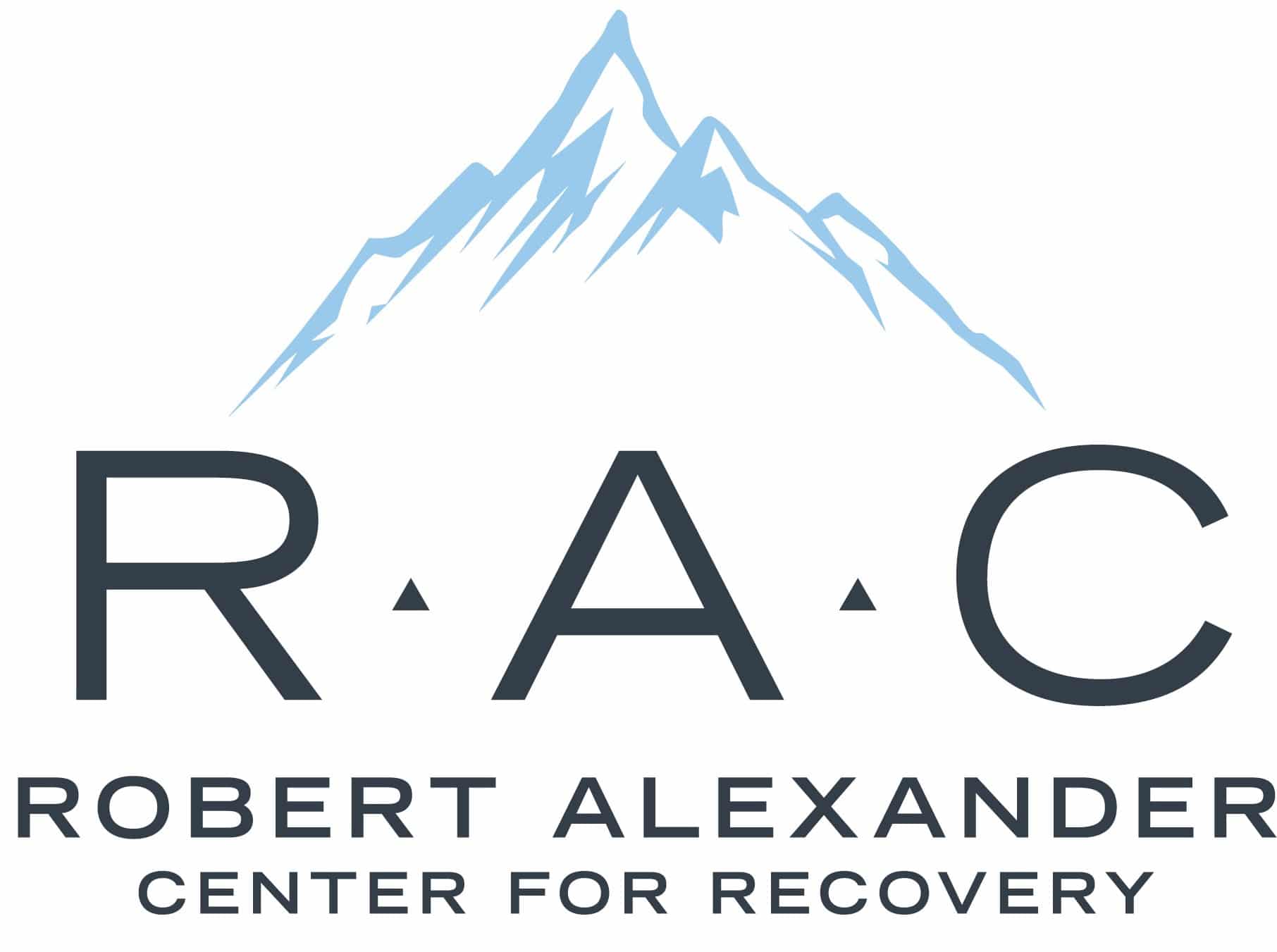Embarking on the journey to sobriety from opioid addiction is a courageous and challenging endeavor. One significant hurdle individuals face during this process is managing the often intense and uncomfortable withdrawal symptoms.
Fortunately, medications like Suboxone have emerged as valuable tools in easing the transition to sobriety and supporting long-term recovery. We’ll explore the role of Suboxone in managing withdrawal symptoms, its mechanism of action, effectiveness, considerations for use, and its role in supporting individuals on the path to lasting sobriety.
Understanding Opioid Withdrawal
Opioid withdrawal is a challenging and often distressing experience characterized by a range of physical and psychological symptoms. These symptoms may include:
- Nausea and vomiting
- Diarrhea
- Muscle aches and pains
- Anxiety
- Insomnia
- Irritability
- Sweating and chills
- Drug cravings
For individuals attempting to overcome opioid addiction, the prospect of facing these symptoms can be daunting and may deter them from seeking help. However, it’s essential to recognize that withdrawal is a temporary phase on the journey to recovery and that there are effective treatments available to help manage these symptoms.
The Role of Suboxone in Managing Withdrawal Symptoms
Suboxone is a medication approved by the U.S. Food and Drug Administration (FDA) for the treatment of opioid dependence. It contains two active ingredients: buprenorphine, a partial opioid agonist, and naloxone, an opioid antagonist. Together, these components work to alleviate withdrawal symptoms and reduce cravings, thereby facilitating a smoother transition to sobriety.
Mechanism of Action
Buprenorphine, the primary active ingredient in Suboxone, binds to the same opioid receptors in the brain as other opioids but has a unique pharmacological profile. As a partial agonist, it activates these receptors to a lesser extent than full opioid agonists like heroin or oxycodone. This partial activation helps to alleviate withdrawal symptoms and reduce cravings while producing less euphoria and respiratory depression than full agonists.
Naloxone, the second component of Suboxone, serves as an opioid antagonist, blocking the effects of other opioids and deterring misuse. When taken sublingually as directed, the naloxone component is minimally absorbed into the bloodstream but becomes active if Suboxone is injected, discouraging misuse via injection.
Effectiveness of Suboxone in Withdrawal Management
Numerous clinical studies have demonstrated the effectiveness of Suboxone in managing opioid withdrawal symptoms and supporting recovery. When used as part of a comprehensive treatment plan that includes counseling and behavioral therapy, Suboxone has been shown to:
- Reduce the severity of withdrawal symptoms
- Alleviate cravings for opioids
- Improve treatment retention rates
- Decrease the risk of relapse
- Enhance the overall quality of life
Considerations for Use
While Suboxone can be a valuable tool in managing withdrawal symptoms and supporting recovery, it’s essential to consider individual factors when determining its appropriateness for treatment. These factors may include:
- Severity of opioid dependence
- History of previous treatment attempts
- Co-occurring medical or psychiatric conditions
- Potential for misuse or diversion
- Patient preferences and goals for treatment
In some cases, Suboxone may not be suitable for certain individuals, such as those with severe respiratory impairment or hypersensitivity to buprenorphine or naloxone. It’s crucial for healthcare providers to conduct a thorough assessment and collaborate with patients to develop a personalized treatment plan that aligns with their needs and goals.
Role of Suboxone in Supporting Recovery
Beyond managing withdrawal symptoms, Suboxone plays a critical role in supporting individuals on the path to recovery by:
Stabilizing Brain Chemistry
By binding to opioid receptors and mitigating withdrawal symptoms, Suboxone helps restore balance to the brain’s neurotransmitter systems, allowing individuals to focus on their recovery journey without being overwhelmed by cravings or discomfort.
Facilitating Engagement in Treatment
Suboxone can increase treatment retention rates by reducing dropout rates and improving overall engagement in counseling and behavioral therapy. This engagement is essential for addressing underlying issues contributing to opioid addiction and developing coping skills for long-term sobriety.
Providing a Bridge to Comprehensive Care
Suboxone serves as a bridge to comprehensive addiction treatment services, including counseling, support groups, and holistic therapies. By stabilizing individuals in the early stages of recovery, Suboxone allows them to benefit fully from these interventions and build a solid foundation for long-term sobriety.
Reducing the Risk of Overdose and Mortality
Individuals receiving Suboxone maintenance treatment are less likely to experience opioid overdose or mortality compared to those who remain untreated. By reducing the likelihood of relapse and overdose, Suboxone can save lives and prevent the devastating consequences of opioid addiction.
Contact Robert Alexander Center for Recovery Today
Suboxone plays a vital role in managing withdrawal symptoms and supporting recovery from opioid addiction. By alleviating cravings, reducing withdrawal discomfort, and stabilizing brain chemistry,
Suboxone helps individuals navigate the challenges of early recovery and build a foundation for long-term sobriety. However, it’s essential to recognize that Suboxone is just one component of a comprehensive treatment plan that should include counseling, support groups, and other evidence-based interventions.
If you or someone you know is struggling with opioid addiction, don’t hesitate to reach out to reputable facilities like the Robert Alexander Center for Recovery for comprehensive support and guidance on the journey to recovery. Together, we can overcome opioid addiction and build a brighter, healthier future for all.





